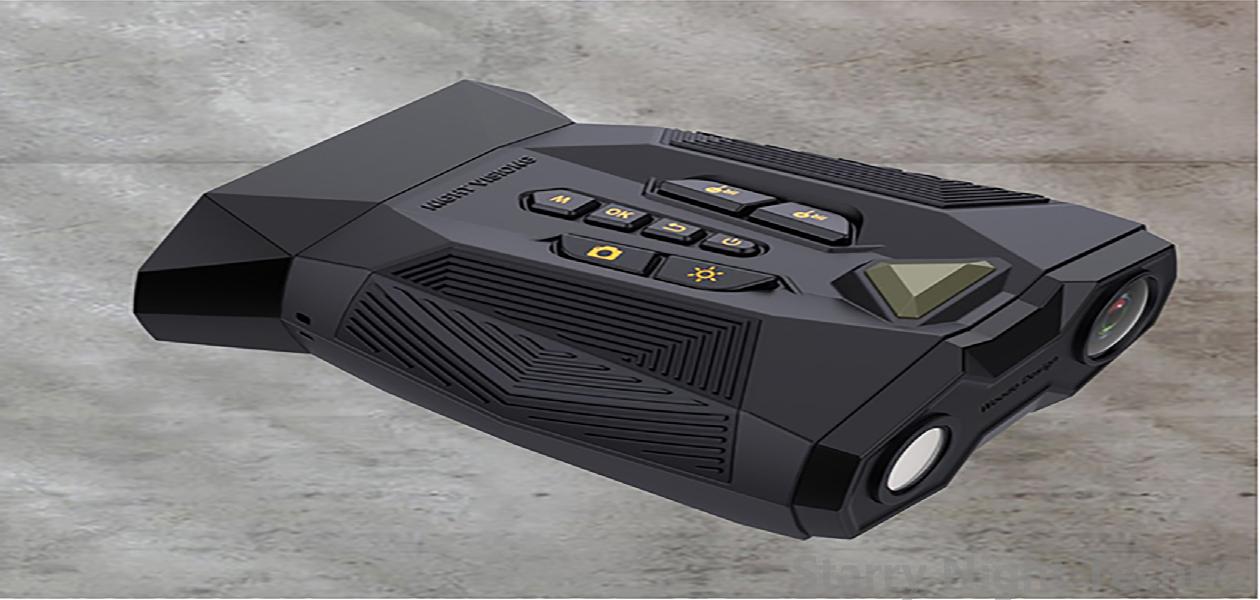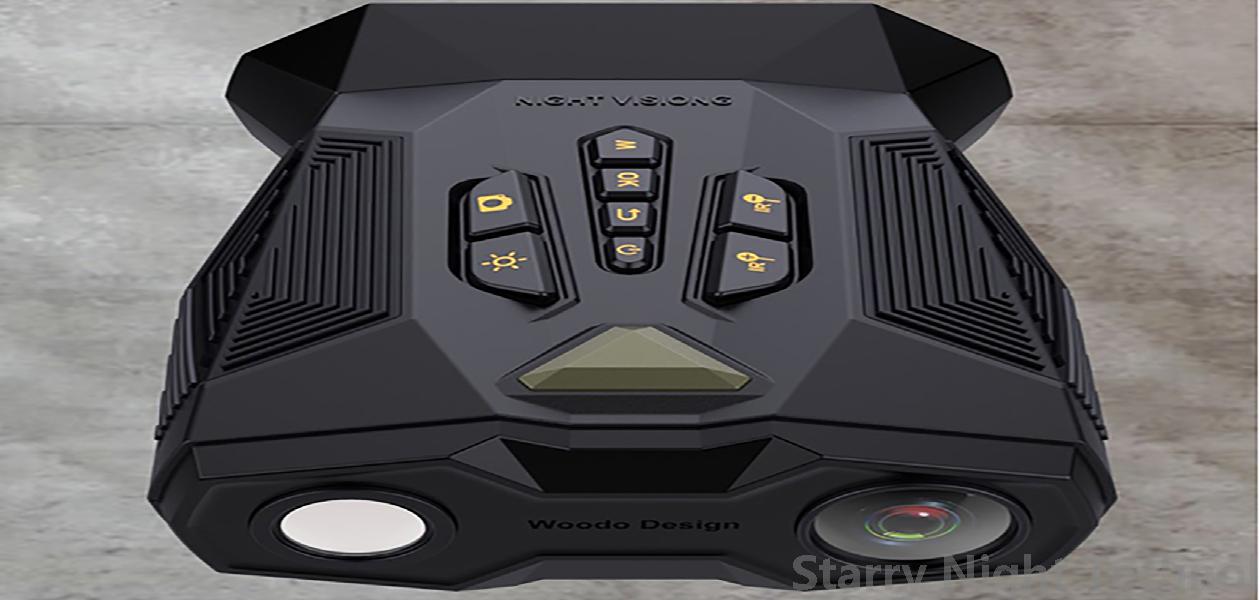Harnessing the Power of Night Vision Technology for Search and Rescue Operations
1754913617000

In today’s fast-paced world, the role of technology in emergency services is more critical than ever. One particular innovation that has revolutionized search and rescue (SAR) operations is night vision technology. With its ability to enhance visibility in low-light conditions, night vision equipment has become indispensable for rescuers seeking to save lives in challenging environments—from urban landscapes to remote wilderness areas.
#### The Evolution of Night Vision Technology
Night vision technology itself dates back to World War II when it was primarily used by military forces. Early devices were bulky and had limited effectiveness; however, as advancements were made in optics and electronics, night vision systems began improving dramatically. Modern iterations utilize sophisticated image intensification and thermal imaging techniques, enabling even clearer visions at night or during adverse weather conditions. Today, these technologies are compact, lightweight, and accessible—traits crucial for SAR agencies operating under time constraints and volatile circumstances.
Image intensification relies on amplifying available light, such as starlight or moonlight, transferring gathered photons into electrons, and displaying them as an enhanced green-hued image. Conversely, thermal imaging detects heat emitted from objects, representing variations in temperature through color-coded images. Both methods have transformed how rescue teams operate after hours, enhancing safety and efficiency.
#### Enhancing Operational Efficiency
In a SAR situation, every moment counts. Inclement weather, rugged terrain, and darkness can complicate locating individuals in distress. Herein lies the significance of using night vision technology: it allows rescue teams to operate efficiently across various terrains while still maintaining high safety standards.
Search operations take many forms, from finding lost hikers in dense forests to responding to devastating natural disasters where buildings and infrastructures may be compromised. When daylight diminishes, conventional searching methods often yield diminishing returns. However, with night vision goggles, drones, and handheld thermal cameras, SAR personnel can work effectively, identifying heat signatures or navigating visually impaired terrains safely.
An example of this application occurred during nighttime earthquake rescues, where collapsed structures obscured vital accounts of potential survivors trapped beneath rubble. Equipped with night vision gear, first responders successfully spotted body heat emanating from victims, leading to timely rescues, which would have otherwise been impossible without visual instrumentation.
#### Increased Safety for Rescuers
While everyone involved hopes never to face life-threatening situations, the reality remains that those who engage in SAR tasks frequently find themselves exposed to perilous settings. Dark, isolated locales present heightened risks for rescuers, including falls, disorientation, fatigue, and unexpected dangers posed by wildlife or unstable terrain. By leveraging night vision technology, operatives improve their situational awareness—easily spotting hazards ahead and making informed decisions faster than relying solely on traditional lighting sources like flashlights.
 #### Collaborative Opportunities Across Sectors
#### Collaborative Opportunities Across SectorsThe versatility and adaptability of night vision equipment open collaborative pathways among various sectors beyond public safety agencies. Government branches, NGOs engaged in humanitarian relief efforts, and commercial entities providing logistical support can join forces, sharing resources to aid overall mission success.
Training programs incorporating night vision technologies help bridge gaps between agencies, allowing for standardized protocols and methodologies. Such initiatives provide shared platforms for training personnel on rapidly deploying tools effectively—saving crucial time in emergencies.
Equally, private-sector companies specializing in cutting-edge imaging equipment continue to expand options available to SAR agencies, customizing components suited for specific operational needs. Exploring diverse applications enables ongoing research and development aimed toward building durable, scalable products optimized not just for profitability but also societal benefit and public safety.
#### Future Innovations On the Horizon
As technology continues its exponential growth trajectory, we may expect future developments that further fortify SAR missions revolutionized by night vision. Concepts include integrating artificial intelligence (AI) analytics into imaging for predictive behavior analysis, data collection for mapping purposes, eventually perfecting machine learning algorithms capable of detecting patterns associated with missing persons—or hazard progressions in disaster-hit regions.
Enhancements could involve miniaturizing payloads executed by unmanned aerial vehicles (UAV), extended battery life usage for prolonged operational durations, and improved connectivity solutions enabling seamless communication over vast distances—even in complete isolation scenarios.
#### Conclusion
Night vision technology represents one of the most transformative instruments available in contemporary search and rescue operations. As professionals equipped with formidable advantages navigate erratic landscapes rife with uncertainty, understanding these technological breakthroughs becomes imperative for effective response strategies.
Harnessing the full potential of night vision enhances not only successful outcomes in dire circumstances but actively safeguards the lives of dedicated first responders undertaking noble journeys to protect humanity. Many challenges lie ahead, yet yearn for strategic cooperation and collaboration carried out under the illuminating essence of advanced scientific discovery.
What should be selected for night vision devicesStarry Night Technol

